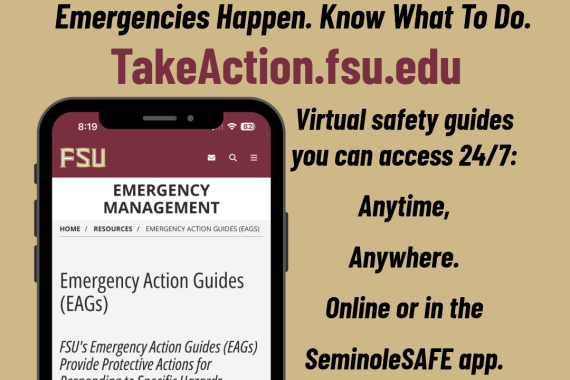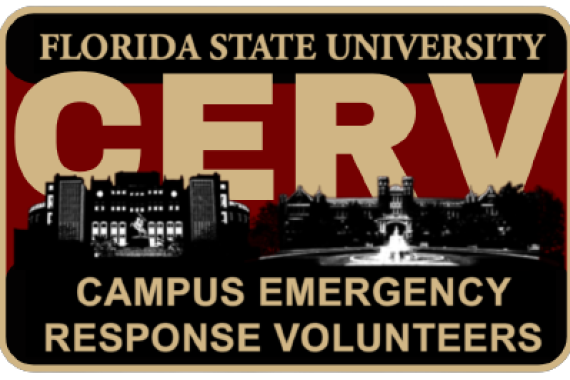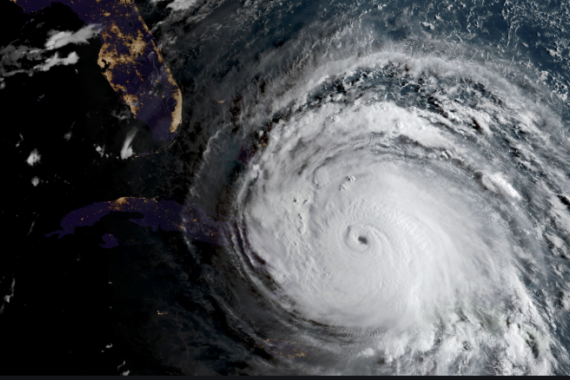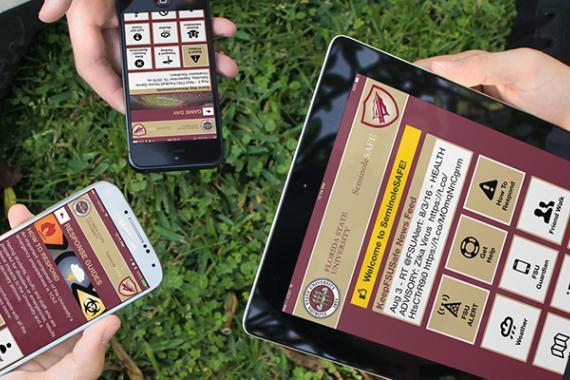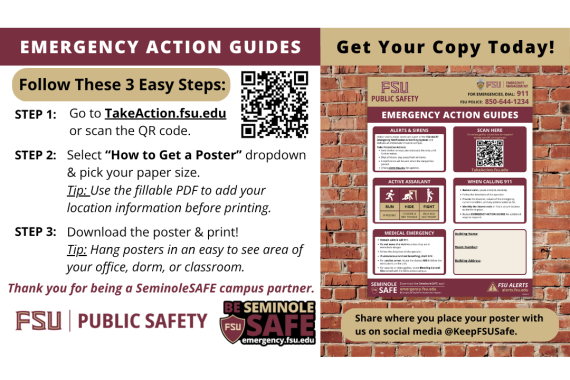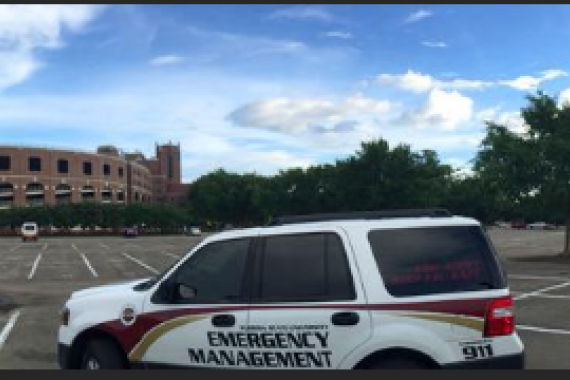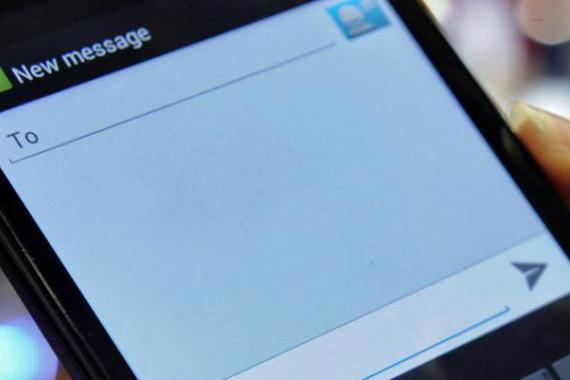WHAT IS LIGHTNING?
Lightning is the atmospheric discharge of electricity. It can occur within clouds, between clouds, and even from clouds to clear air. The most dangerous lightning is cloud-to-ground lightning, which can strike people, animals, trees, towers and buildings. Lightning forms when electricity occurs between areas of opposite electrical charge. When the attraction between positive and negative charges becomes strong enough to overcome the air's resistance, lightning flashes.
WHY IS LIGHTNING DANGEROUS?
Simply put, a person can be killed or seriously injured if lightning strikes them or an object in close contact to them. Even people indoors have been killed by lightning travelling through wires and pipes. On average, lightning kills 27 people each year in the United States and injuries more than 240. Florida averages 7 fatalities per year due to lightning and often leads the nation in lightning deaths.
WHAT ARE THE TYPES OF LIGHTNING STRIKES?
- Direct Strike: A bolt of lightning strikes you directly, carrying 30,000 amps, 100-million volts, and temperature potential of 50,000 degrees Fahrenheit. Needless to say, very few people survive a direct strike.
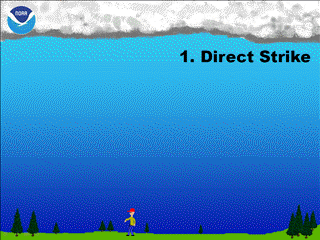
- Side Flash: You are struck by a bolt of lightning that arcs to you from an object that was struck, creating a path of least resistance.
- Step Voltage / Ground Current: Lightning strikes within 100 feet of you and the voltage jumps across the ground, wet pavement, pools of water, or other electrical pathways to reach.
- Contact Voltage / Conduction: You are touching an object which is struck by lightning. Examples include direct contact with building surfaces, towers, poles, vehicle surfaces, wiring, and plumbing.
- Streamers: Streamers develop as the downward-moving leader approaches the ground. Typically, only one of the streamers makes contact with the leader as it approaches the ground and provides the path for the bright return stroke; however, when the main channel discharges, so do all the other streamers in the area.
WHO GETS STRUCK THE MOST?
Based on data collected from the National Lightning Safety Council from the years of 2006-2019:
- Nearly all lightning strikes occur in open areas.
- Many are struck when they go under a tree for shelter during a storm.
- Males account for the majority of Lighting fatalities with 79% being reported.
- Outdoor water activities such as fishing and going to the beach are equally as dangerous.
- Soccer has the greatest percentage of seeing lightning strikes and fatalities associated with a strike.
- Walking to and from home, yard work, and heading to and from a vehicle accounted for the majority of lighting strikes in regards to Daily/Weekly routine activities.
HOW BAD IS LIGHTNING IN FLORIDA?
Of the 50 United States, Florida is the lightning capital. Florida’s geography plays a large role, especially during the summer. Some of the elements that make Florida such a great place to live, such as sunshine and the ocean, play important roles in the development of thunderstorms.
Did you know? The corridor from Tampa Bay, FL to Titusville, FL (a.k.a. “Lightning Alley”) receives the most lightning in the United States on an annual basis
WHAT CAN I DO TO REDUCE MY CHANCES?
To reduce your chances of being struck by lightning, plan ahead so that you can get to a safe place quickly if a thunderstorm threatens. If the sky appears threatening or if you hear thunder, get inside or in a safe place immediately. Once inside, avoid contact with electrical equipment, plumbing, windows and doors. Lastly, wait 30 minutes after the last lightning or thunder before going back outside.
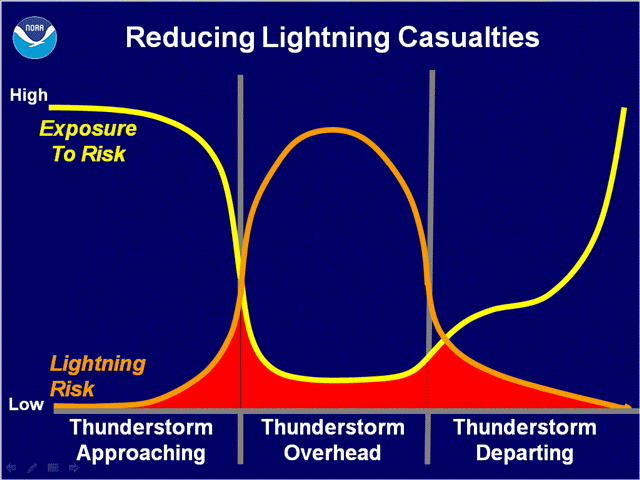
WHAT IF I AM STUCK OUTDOORS?
There is little you can do to substantially reduce your risk to lightning if you are stuck outside in a thunderstorm. The only completely safe action is to get inside a safe building or vehicle. If you absolutely cannot get to safety, you can lessen the threat of being struck with the following tips:
- Avoid open areas. Don't be the tallest object in the area.
- Stay away from tall, isolated trees or other tall objects. If you are in a forest, stay near a lower stand of trees.
- If you are in a group of people, spread out . While this actually increases the chance that someone might get struck, it tends to prevent multiple casualties and increases the chances that someone could help is someone is struck.
- Stay away from water, wet items, and metal objects such as fences and poles. Water and metal do not attract lighting but they are an excellent conductor of electricity. The current from a lightning flash will easily travel for long distances.
HOW FAR AWAY CAN LIGHTNING REACH?
Lightning can strike as far as 10 miles, and in some extreme cases up to 20 miles, from the area where it is raining. That is about the distance you can hear thunder. If you can hear thunder, you are within striking distance. Seek shelter immediately. This also means that you can be struck by lightning even if the sky is perfectly blue and clear around you. No place outside is safe when thunderstorms are in the area!
WHEN IS LIGHTNING SEASON?
Lightning can occur year-round in Florida, but is more typical during the spring, summer, and fall. Spring and fall thunderstorms are generally associated with the passing of weather fronts. These are easily foretasted and ample warning is provided. However, summertime thunderstorms are often referred to as "popcorn" storms as they can form right on top of you with little to no warning. The first bolt of lightning from a pop-up thunderstorm could be the killer.
DOES FSU HAVE A LIGHTNING DETECTION SYSTEM?
Definitely! Now, you do to. In partnership with WeatherSTEM, you can create a free login on any WeatherSTEM station website to access their Zap Map and configure personal notifications when lightning is near. They also provide convenient tools to estimate what time it may be safe to resume normal activities. Visit our Current Weather page and click on your favorite WeatherSTEM station for details.
WHEN SHOULD WE SEEK SHELTER?
At the first sign of lightning or sound of thunder, you should immediately head inside an enclosed structure and remain away from windows. The National Weather Service promotes "When Thunder Roars, Go Indoors!" If you can hear thunder, you are close enough to be struck by lightning. Even while inside, it is important to stay away from windows and not use any corded electrical devices or running water from faucets. If you cannot make it inside when a thunderstorm approaches, the most dangerous place to be is in an open area. Equally as dangerous is being caught over the open water of a lake or ocean when a thunderstorm is in the area. This is because lightning will tend to strike the tallest object in the area. This also why standing under tall trees is very dangerous. When you cannot make it to an enclosed building, your next best course of action is to get into a vehicle with a hard-topped roof. Florida State University uses an 8-mile safety buffer when making lightning safety decisions for most outdoor activities. If lightning strikes within 8 miles of FSU, you should seek shelter.
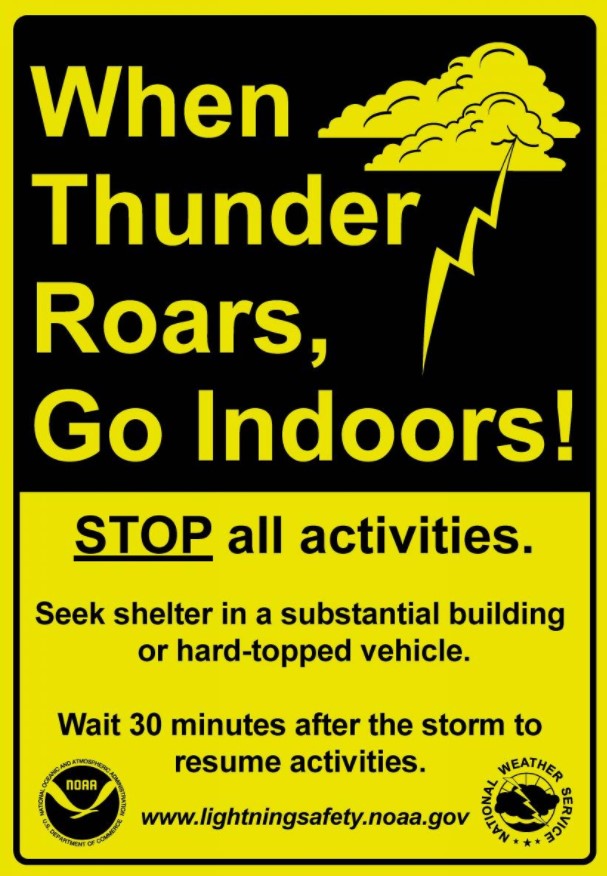
HOW LONG DO WE NEED TO SHELTER FOR?
To ensure your safety, it is best to wait at least 30 minutes from the last bolt of lightning within 8-10 miles of your location. For each new lightning strike within 8-10 miles, you need to restart the wait time.
IS AN 'FSU ALERT' ISSUED FOR LIGHTNING?
No, we do not issue FSU ALERT emergency alert messages for most cases of lightning. Lightning occurs so frequently in Florida, especially during the summer, that most people would become desensitized to the repeated alerts. However, notifications are required for spectators attending football games at Doak Campbell Stadium. (See NCAA regulations below) FSU ALERT messages are always issued if a thunderstorm reaches severe limits: winds in excess of 60MPH or hail larger than 1-inch in diameter.
NCAA REGULATIONS:
The NCAA has established Guideline 1E (below) for Lightning Safety. Based on these guidelines, FSU Athletics uses a lightning detection service for outdoor athletic events. If cloud-to-ground lightning is detected within a 15-mile radius of an athletic facility, a Lightning Advisory is issued. Personnel are alerted and initial preparedness activities are taken. If the system detects lightning within 8-miles of the facility, all play or practice is suspended and all persons (players, coaches, officials, and fans) are directed to seek shelter. Athletic activities are not resumed until at least 30 minutes after the last cloud-to-ground lightning is detected within the 15-mile radius.
SPECIAL CONSIDERATION - STORM SPEED: The NCAA rule about 8 and 15-mile ranges is based upon traveling thunderstorms such as those associated with with frontal passages. These storms are more predictable and easier to track. Arrival time can be estimated by the forward movement of the storm. Make sure ample time is available to complete the logistical requirements for clearing the play field and spectator seating. The larger the crowd, the more time you need to evacuate.
SPECIAL CONSIDERATION - SUMMERTIME 'POPCORN' THUNDERSTORMS: The NCAA rule about 8 and 15-mile ranges is based upon traveling thunderstorms such as those associated with with frontal passages. During the summertime in Florida, our thunderstorms tend to form right on top of us. As such, we have very little time to detect and warn of a lightning strike until it has already happened. We cannot see them coming on radar as they are forming right above us. These storms tend to travel little and rain themselves out within the same area that they formed. However, use caution because a new storm may be forming nearby or in the same location a little later in the day.
For More Information:
National Weather Service - Lightning Safety / Five Ways Lightning Strikes People
Florida Division of Emergency Management - Lightning Safety
NCAA Guideline 1E: Lightning Safety


